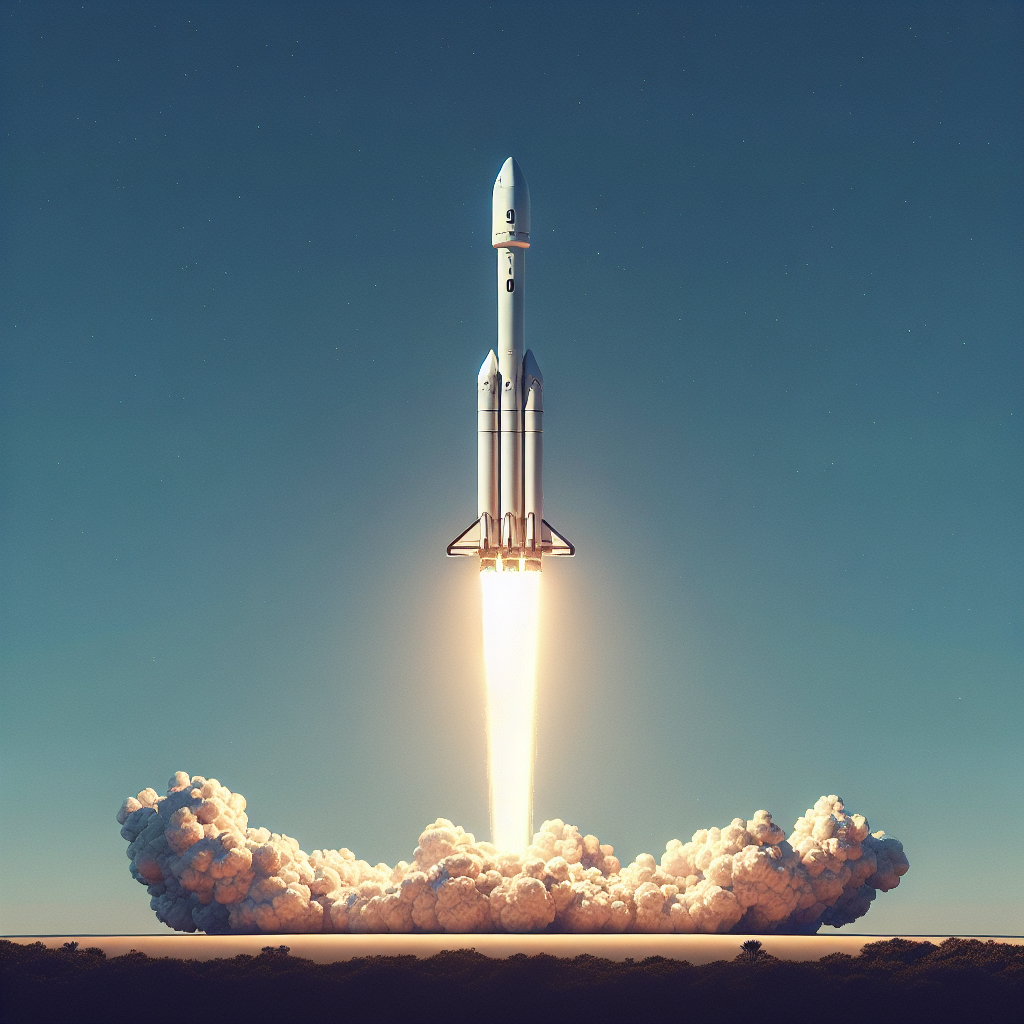SpaceX experienced a rare failure on Thursday during the launch of a Falcon 9 rocket carrying a series of Starlink satellites. The aerospace company aimed to deploy 20 satellites from Vandenberg Space Force Base in California. However, a few hours after the launch, SpaceX CEO Elon Musk reported that the rocket had undergone a rapid unscheduled disassembly, or RUD, while in orbit.
In a statement on social media, SpaceX announced that the rocket’s second stage did not complete its second burn, resulting in the Starlink satellites being deployed into a lower than intended orbit. The company mentioned that they have made contact with five of the satellites and are working to raise them to a higher orbit.
Musk commented, “We’re updating satellite software to run the ion thrusters at their equivalent of warp 9. Unlike a Star Trek episode, this will probably not work, but it’s worth a shot.”
This incident is an anomaly for the Falcon 9, which was launched almost 100 times last year by SpaceX. The last failure occurred in 2016 when a rocket exploded on the launchpad while being fueled before an engine test. Before Thursday’s launch, SpaceX had successfully launched 6,720 Starlinks through 180 Falcon 9 flights, according to astrophysicist and space statistician Jonathan McDowell.
In response to the incident, the Federal Aviation Administration (FAA) stated on Friday that it was aware of the situation and noted that there have been no reports of injuries or damage to public property. The FAA is requiring an investigation into the incident.
This incident coincides with the FAA’s preparations to hold public meetings for feedback on SpaceX’s proposal to increase the number of launches of its Starship and Super Heavy booster from Texas. SpaceX aims to launch and land the Starship and booster up to 25 times each year, an increase from the currently permitted five launches and ten landings of the Starship megarocket. The company can also land the Super Heavy booster up to ten times a year from its facility in Boca Chica, Texas.
The FAA has scheduled four public meetings next month, one of which will be virtual, to gather public input on the environmental impact of the increased launches. These meetings will also discuss SpaceX’s plans to upgrade its megarocket.
